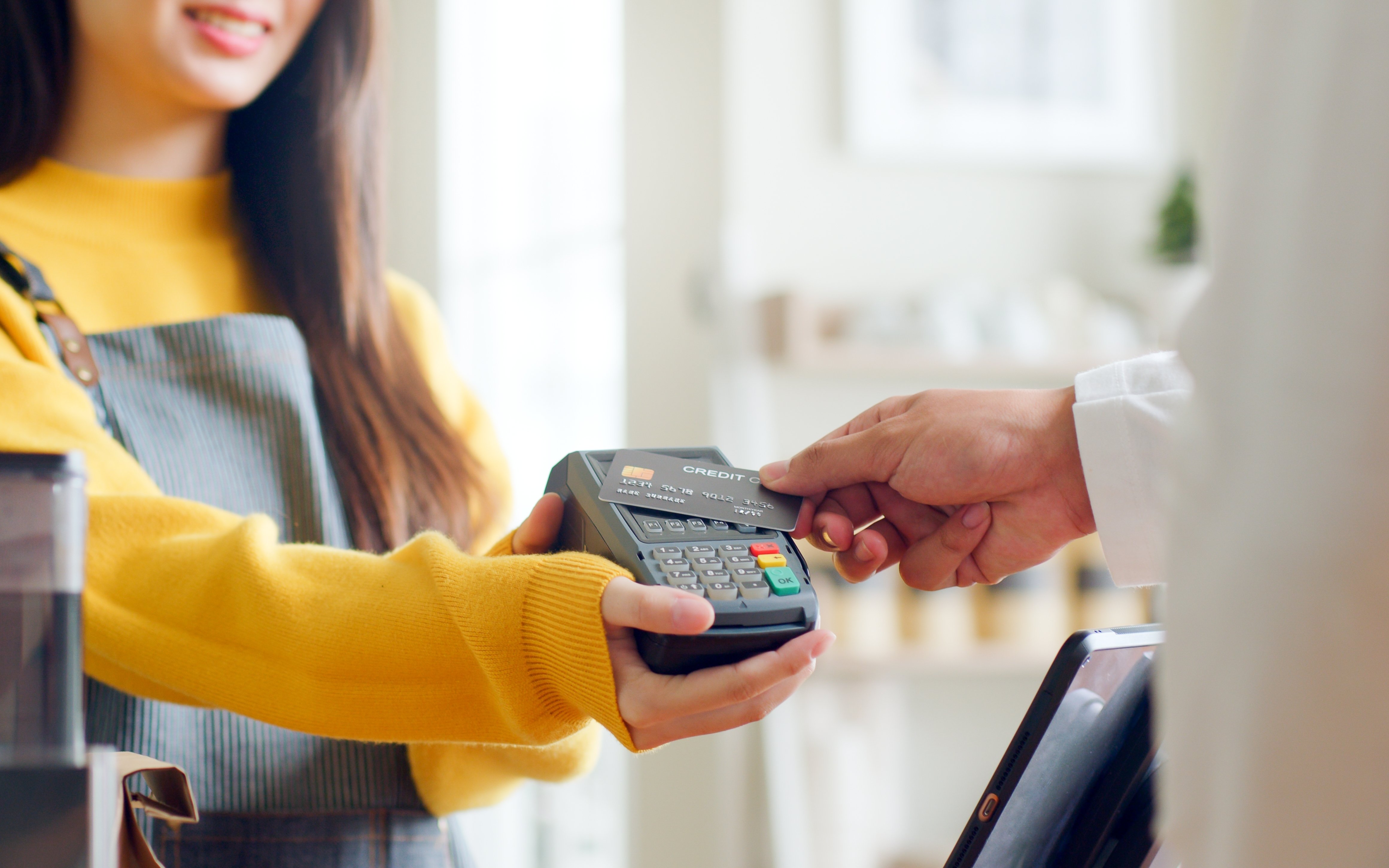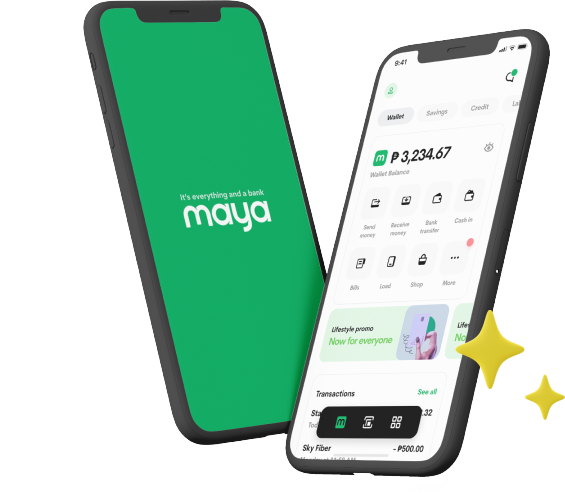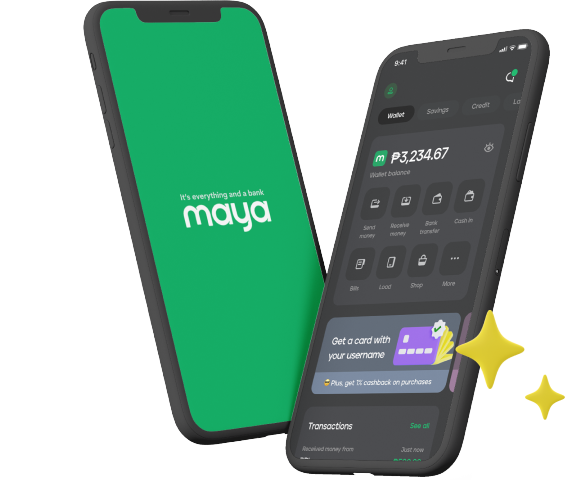
Credit card payments have significantly evolved over the years. In the past, making a credit card transaction required swiping a card through a payment terminal. These credit cards are typically made of plastic and feature a black or dark-colored magnetic stripe on the back, which contains the cardholder’s payment information. With the advancement of digital payment technology, contactless payments became more popular.
If you notice, contactless credit cards look similar to traditional credit cards but have a key distinguishing feature. They have a contactless payment symbol. This symbol, which resembles a series of curved waves (similar to a Wi-Fi icon turned sideways), indicates that the card is equipped with Near Field Communication (NFC) technology. The technology enables users to simply tap or hold their card near a compatible payment terminal to complete a transaction.
Beyond the added convenience, this shift in payment technology has a significant impact on transaction security. Contactless credit cards, such as the Landers Cashback Everywhere Credit Card, incorporate advanced security features that make them safer to use compared to traditional magnetic stripe cards. To learn more about them, we’ll explore what makes contactless credit cards the most secure credit cards today.
There’s No Physical Contact Required, Preventing Skimming
One of the biggest security improvements contactless credit cards offer is that they eliminate the risk of skimming. As mentioned previously, contactless credit cards come with NFC technology that foregoes the need to swipe the credit card to complete a transaction. Since there is no direct contact between the card and the machine, skimming devices cannot access the card’s data. These skimming devices extract the static data stored in the magnetic stripe, allowing criminals to create counterfeit cards and conduct unauthorized transactions.
They Have Unique One-Time Codes for Transactions
Another major update that makes contactless cards the safest credit cards available is how they transmit transaction data. When you use magnetic stripe cards, they store unchanging, static data. This means every time the card is used, the same card details—such as the account number, expiration date, and security code—are transmitted to the payment terminal. If a fraudster manages to steal this information through skimming or data breaches, they can easily replicate the card and use it for unauthorized transactions.
In contrast, contactless credit cards use a dynamic security feature that generates a unique, one-time-use code for each transaction. This means that even if a hacker somehow intercepts the transaction data, the stolen code would be useless because it cannot be reused. The next time the card is used, an entirely new code is generated. This process, known as tokenization, makes it significantly harder for fraudsters to replicate card details and conduct fraudulent transactions, ensuring better protection for consumers.
They Use Encrypted Data Transmission for Enhanced Security
Traditional magnetic stripe cards do not encrypt data during transactions, which makes them vulnerable to interception. Hackers who gain access to a compromised POS system or ATM can easily retrieve card details from transactions and use them for fraudulent purchases.
Contactless credit cards, on the other hand, use advanced encryption methods to secure payment information. When a transaction is initiated, sensitive card details are encrypted before being transmitted, making it extremely difficult for hackers to access or decode them. This ensures that even if cybercriminals attempt to intercept the payment, the encrypted data will be unreadable and unusable.
They Feature Limited Transaction Range to Prevent Wireless Theft
Some consumers worry that because contactless cards use wireless technology, fraudsters could steal card data remotely using special scanning devices. However, this is a common misconception. Contactless credit cards are designed with strict range limitations, which means they only work when held within a few centimeters of a legitimate payment terminal.
They Come with Multi-Layered Authentication for Extra Protection
Contactless credit cards also provide additional security measures in case of lost or stolen credit cards. With traditional magnetic stripe cards, a simple swipe and signature are needed to complete transactions. Although many merchants typically ask for a valid ID to match the name on the credit card with the user, fraudsters can still bypass this with a fake ID and use a stolen card to make purchases.
This risk is reduced with contactless credit cards because banks have additional security measures in place, such as setting transaction limits for contactless payments. In the case of the Landers Cashback Everywhere Credit Card, you can assign spending limits to different types of credit card transactions on the Maya app. This includes your contactless payments, daily spending limit, foreign transactions, online payments, and more. You can also use a dynamic CVV that’s accessible on the app for your online payments. It changes every 24 hours, and a new number is generated every time the card details are accessed in the app, providing additional measures for ensuring secure online credit card transactions.
Additionally, cardholders can easily block or freeze a lost or stolen contactless card through their bank’s mobile app or customer service hotline. For Maya-issued credit cards, you just need to log in to the app, go to "Cards," and select your credit card. Then, just tap the snowflake icon to open your card settings. From there, select “Card Security” then “Freeze the Card” (to temporarily block the card) or “Block Lost or Stolen Card” (to permanently block the card and get a replacement). It’s all very easy to do.
If you select “Block Lost or Stolen Card,” make sure to select a reason and then click “Confirm” when prompted. Once your card is canceled, you can tap “Order a New Card” to get a replacement. Do keep in mind that card replacement fees may apply.
As contactless payment adoption continues to grow, upgrading to a contactless credit card can provide both convenience and peace of mind. That said, be sure to apply for a credit card with a contactless feature. Embrace this technology and take a step toward more secure digital transactions, reducing the risks associated with traditional magnetic stripe cards.
You might also like
These Stories on Maya Bank




